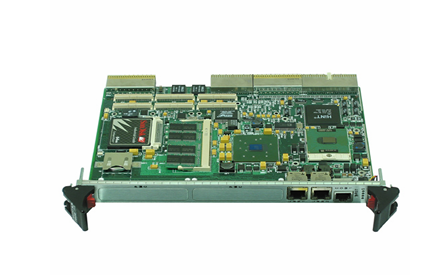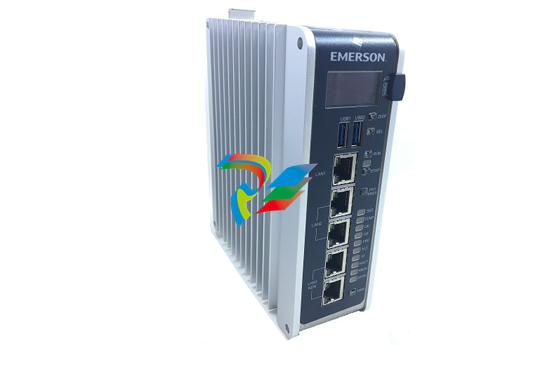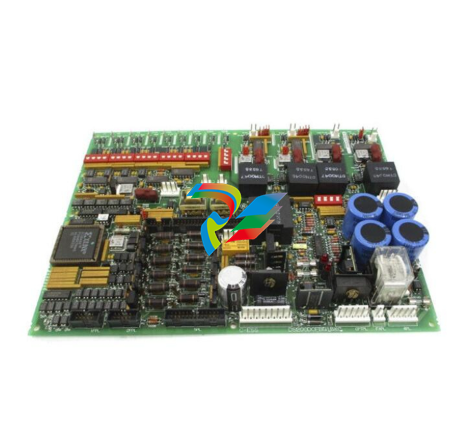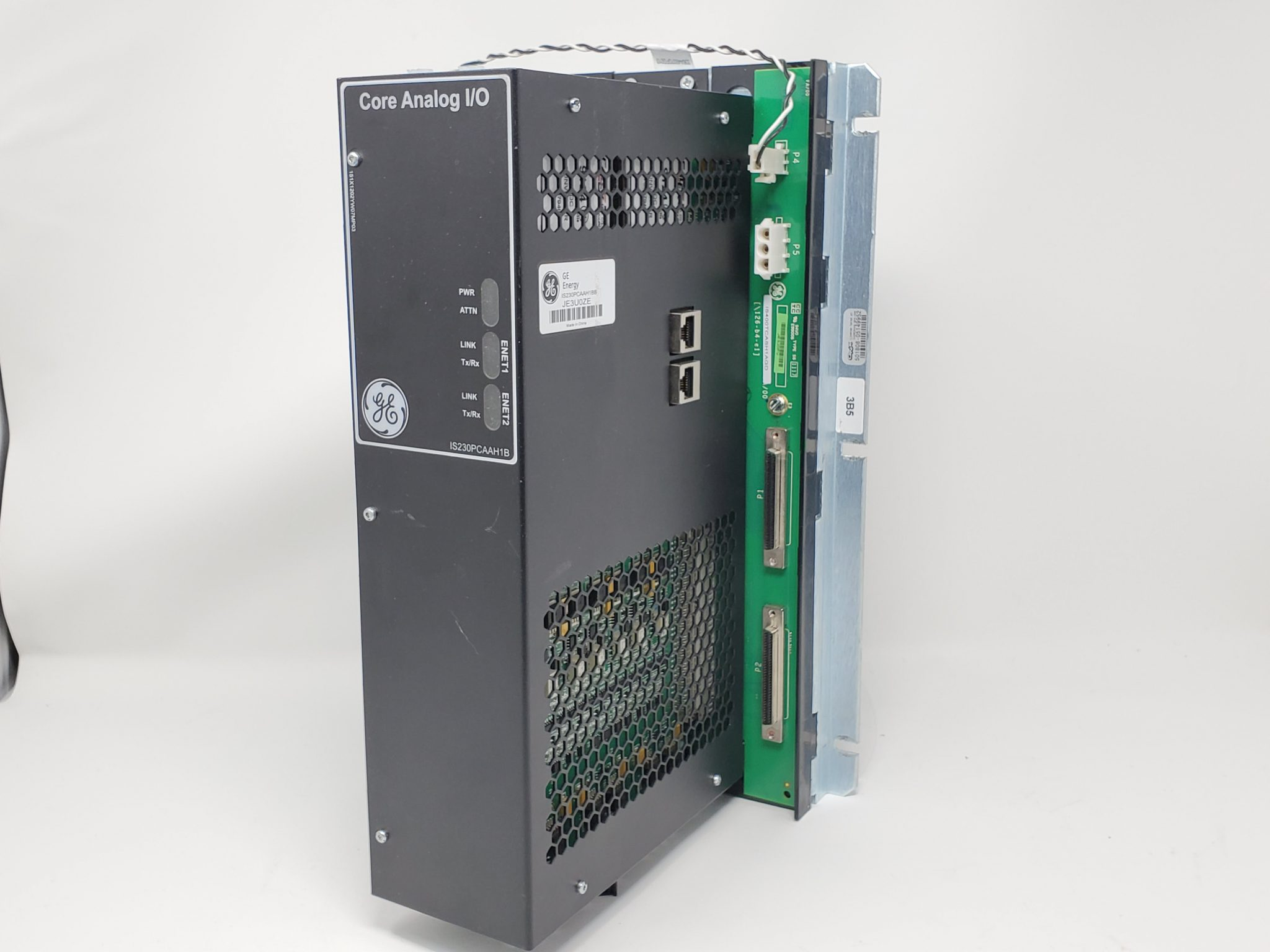
Understanding Loop Diagrams and Process Loop Sheets
Put succinctly, a loop diagram is a type of detail drawing that shows—on an instrumentby-instrument and device-by-device basis—how input/output (I/O) signals from equipment are to be wired to the control system. Loop diagrams show the specific wiring details down to the level of terminal screws, junction boxes, cable labels and wire labels.
Most loop drawings (see Figure 1) are produced using a computer-aided design (CAD) package or auto-generated by an advanced plant design software package. A loop diagram is usually focused on a specific instrument or device but may include multiple sensors/actuators if they are related to each other process-wise. The use of “typicals” (a generic diagram that applies to multiple instruments/devices) is not recommended, as it defeats the purpose of the loop diagram containing instrument/device-specific I/O addresses and wiring details. Loop diagrams are generally the same size as other drawings in the drawing package for the plant. For example, the use of B-size (11” × 17”), D-size (22” × 34”), or E-size (34” × 44”) drawings sizes are relatively common in North America.

Loop diagrams are not a new concept. ISA standard ISA-5.4-1991, Instrument Loop Diagrams, covers a general version focused on instrumentation I/O wiring. Commonly known as ISA-5.4, the ISA loop diagram standard has been around since the 1950s and includes many good examples and best practices for creating effective loop diagrams.
Process loop sheets versus loop diagrams. Process loop sheets, developed later, are a type of summarized loop diagram that includes additional process information. They are intended to help the installation and maintenance electricians install and troubleshoot equipment and provide additional context regarding its use. This context typically includes minimum and maximum temperatures, pressures, flows and other process values, along with expected signal values during start-up, shutdown, steady-state and at-rest conditions. For example, a process loop sheet for a magnetic flowmeter is shown in Figure 2. In the sample loop sheet, a flowmeter is reading the flow through a bar screen, totalizing it and then sending the reading to a PLC remote I/O panel. The reading is then used for various functions within the automation system.
Benefits of loop diagrams. There are many benefits from taking the time to create loop diagrams during the detailed design phase of a project. A major benefit is the ability to identify and fix problems during the design phase rather than during construction. It is significantly less expensive to sort out a design issue during the design phase (when it is easy to fix on paper) than during the construction of a facility.
Examples of potential design issues for process equipment include mismatched I/O signals, wrong power supply voltages, misranged signal scaling, missing I/O signals and missing installation details. These problems can cause delays and cost overruns when they must be fixed during a project’s construction or commissioning phase.
In a typical capital project, it is not uncommon for an hour of work on-site during the construction phase to be up to 10 times more expensive than an hour of work during the paper-based design phase. Using a loop diagram during installation and maintenance can save thousands of dollars in terms of time savings and avoiding delays associated with investigation or troubleshooting.
For example, when installing a new motorized actuator with a loop diagram in hand, the electrical installation is as simple as hooking up the wires. The loop diagram provides a comprehensive guide for the installation electrician. The drawing will show what wires are needed, how to label them, and which I/O terminal screws to wire them to. The power connection details will also be shown. The loop diagram will also detail and summarize the voltages and scaling of all of the various signals.
If a loop diagram is not provided, the installation electrician will first have to search the PLC panel drawings to determine which I/O signals to wire to the actuator (if the descriptions in the PLC panel are clear). Next, they must review the motor control center (MCC) or lighting panel schedules to determine the intended power source for the device. Then the electrician will need to find the installation manual for the actuator (often not shipped with the actuator), to match the various terminals on the actuator with the requested I/O signals and power connections.




.jpg)



































































.jpg)
.jpg)





.jpg)



.png)
.jpg)

.jpg)
_lVjBYb.jpg)

.jpg)
.jpg)



.jpg)
.jpg)







.jpg)

.jpg)
.jpg)








